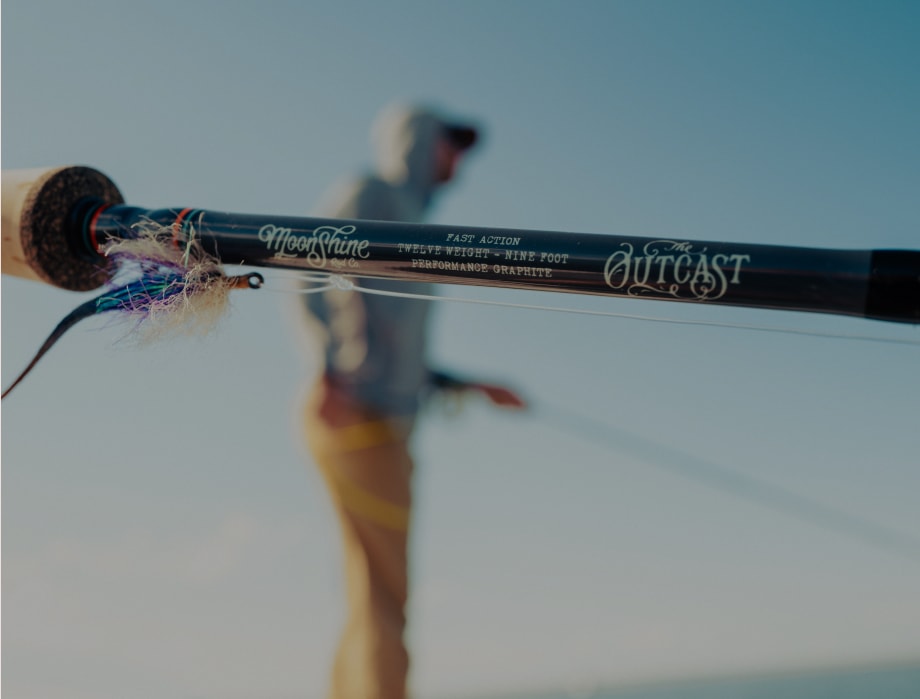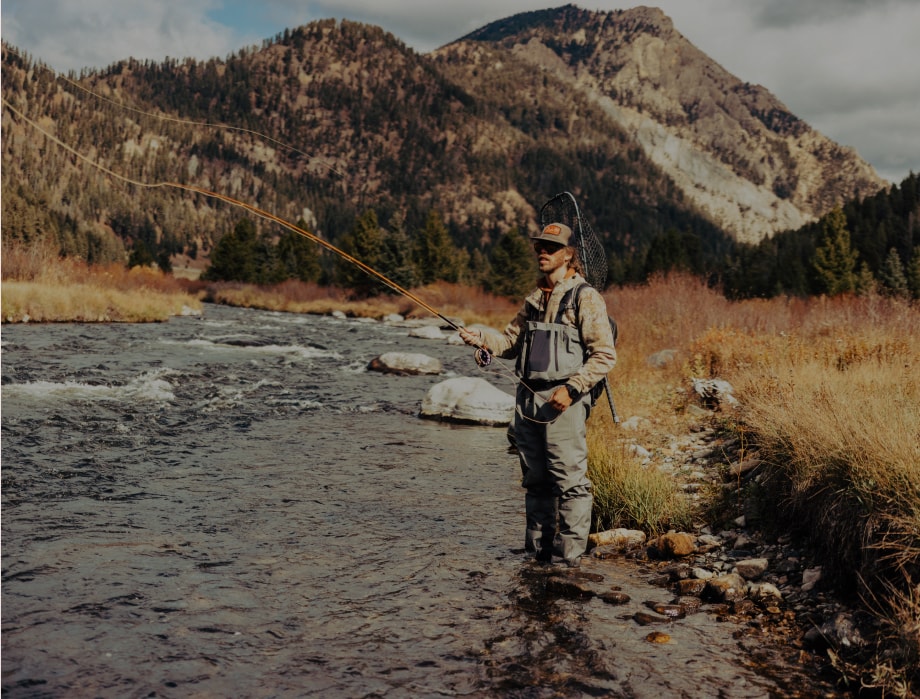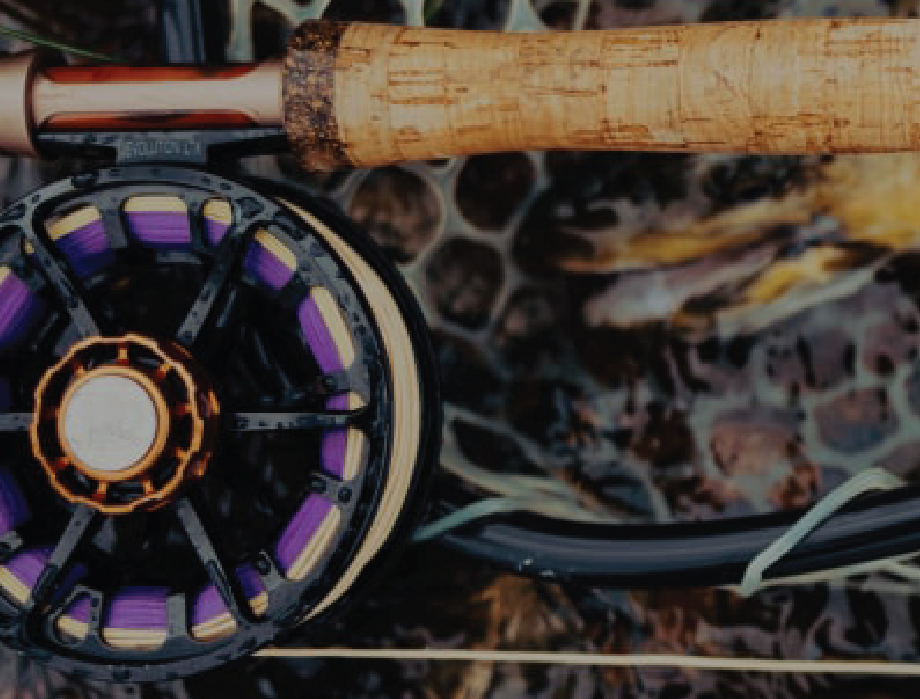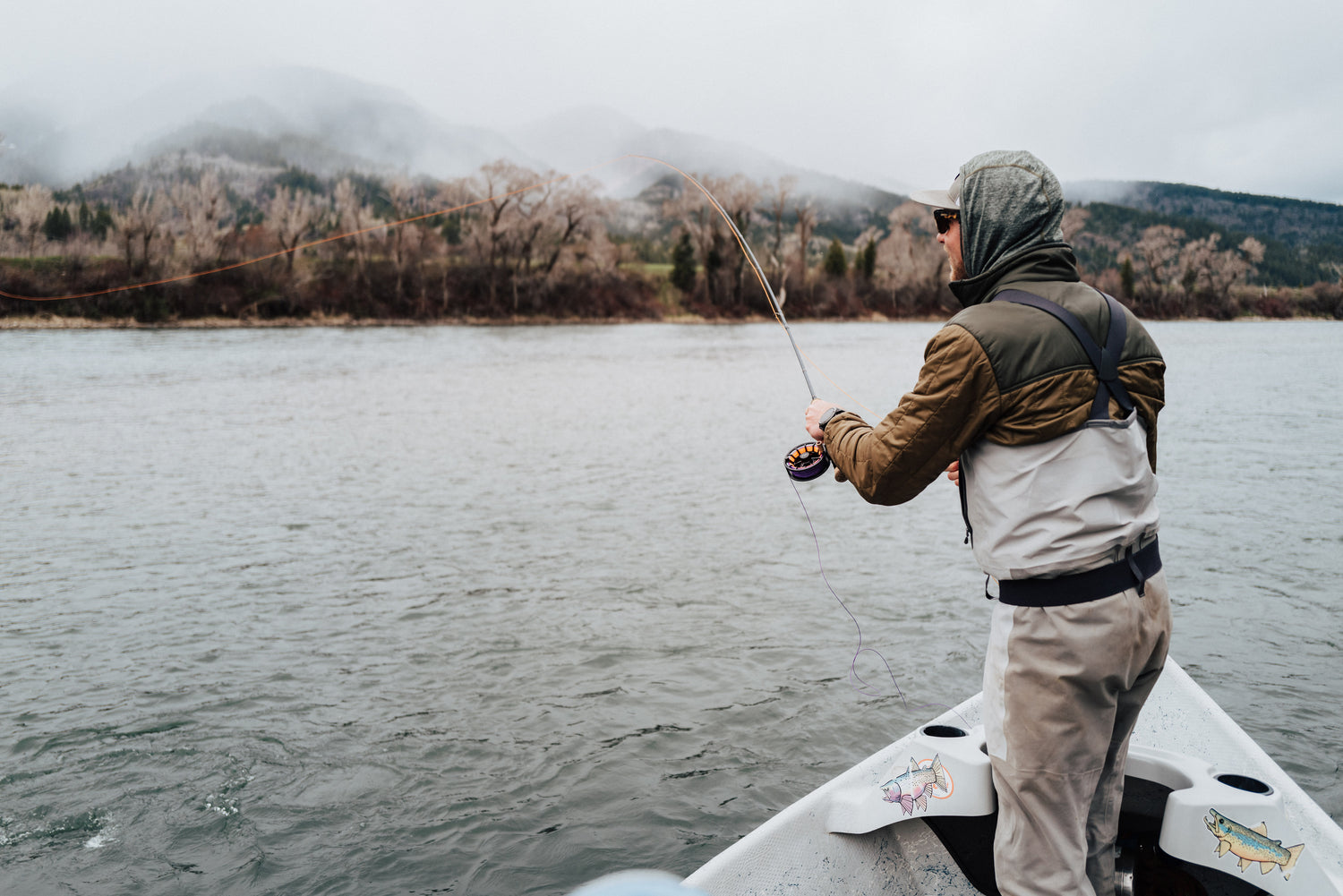
A keen ability to mend your fly line is the foundation for catching more trout. You can have the perfect loop, the perfect fly, the perfect weather, and your lucky underwear on, but none of that matters if your fly is dragging through the water like a buzz bait on a bass lake. In most cases, a long, natural drift is the most effective way to get more hook sets. And, to get that done, you need to know how to mend your fly line.
If you’re new to the fly world, a mend is simply an adjustment to your fly line. As a line floats on the surface of the water, the current will either speed it up or slow it down, creating a bend that’ll pull your fly in either direction. By using your fly rod to make a minor (or major) adjustment, you can relieve that drag and keep your fly moving naturally through the water column for longer.
In this guide, we’re going to walk you through a few different scenarios for maintaining a proper drift by mending your fly line. The goal? Every extra second you can give your drift, the chances of a strike increase, so we’re going to keep your fly marinating as long as possible.
Go With the Flow
First things first, you need to read the water. Whether you’re wading or fishing from a drift boat, chances are you’re going to encounter some kind of current. If you’re casting across the river, the most common scenario is that your fly line will catch the current and quickly move downstream from your fly, so you’d need to mend upstream in that case.
Or, inversely, if you’re casting across slow water to a faster riffle, your fly will move more quickly than your fly line and you’ll most likely need to do a downstream mend. And then, there’s the blender, where you’re casting across slow and fast water to your target. In a situation like this, you’ll probably need to use a mixture of upstream and downstream mends, as well as minor adjustments, to maintain a proper drift.
Lastly, you need to look at the fastest section of water you’re casting across and prepare accordingly. If you’re fishing swift water, be mentally prepared for a near-constant mend. If it’s slow, then you’ll have more time, but will also need to be a bit more subtle.
Big at the Beginning
The most important part of your mend happens at the very beginning. Whether you’re casting across swift or slow water, you want to stop your line from “bellying” or “arching” as quickly as possible. The most common mistake is to be too gentle for the initial mend, not committing to a full lift. Instead, point your rod at the fly, lift your rod tip high, and give it a big jump-rope mend, lifting all of your fly line off of the water. The goal is to lift all of the line while not disturbing your fly, but we’d say that’s even secondary to setting yourself up for a nice, long drift. Over time, you’ll get the perfect balance, but particularly in faster water, go big with your first mend.

Early and Often
Then, you’re moving on to line management. Keep track of how your line is flowing through the current and make any necessary adjustments—a minor mend upstream, downstream, and even just a subtle flip could keep your drift moving nicely. The key here is to address an issue before it becomes an issue. For example, if you’re casting across consistently swift water, then you’ll probably be doing a big mend every few seconds to keep your drift moving, whereas you’ll probably need to do quick, minor adjustments across multiple currents.
An Easy Lift
As your drift progresses, you may notice your floating line is starting to lay a bit low in the water. Or, if you’re fishing foamy, churning water, the hydraulics of the river may be sucking it under, which also creates an unnatural drift. In this case, try to anticipate this as much as possible and give your fly line a subtle lift, pulling the line out of the water without pulling your fly out of the water. Unlike your big mend, this is more slow and steady. As you lift, you’ll notice the current release its grasp from your line, letting your fly drift naturally again.
"Once you learn how your line and the river interact, you can use mends almost like a cast on the water, using it to direct your fly to areas of the river you couldn’t reach with most casts."
Control the Line
Throughout this process, it’s important to pay attention to how much line you have in the water. A common mistake is to bring in too much slack, which will shorten your drift and give you less line to play with as you mend. Alternatively, you don’t want so much line in the water that you’ll be unable to set the hook effectively when that cutthroat of a lifetime takes a sniff at your zebra midge.
That being said, don’t be afraid to strip some line and shake your rod tip to pay out some extra slack. This can increase the lifespan of your drift and give you some more slack for bigger mends in swift water. Ultimately, the more you fish, the more you’ll learn about the power of mending. Once you learn how your line and the river interact, you can use mends almost like a cast on the water, using it to direct your fly to areas of the river you couldn’t reach with most casts. For instance, a couple quick upstream mends can move your fly away from you, skating it into riffles or cutbanks on the far side. Or, a quick lift can draw your fly closer to you, setting it in that perfect edge between calm and nervous water.
Mending your fly line tends to be an under-appreciated art form on the water. Maybe it’s because flies and overhead casts are a bit sexier, but regardless, a proper mend can make a day on the water unforgettable and tighten up that cast-to-catch ratio a bit. The trick is to get used to it. Instead of worrying so much about screwing up your drift, just get out there and practice mends—go big, go small, pay attention to the subtitles of your fly rod, line and water. Once you get a feel for it, you’ll get more confident with every mend, and catch more fish in the process.










Leave a comment
All comments are moderated before being published.
This site is protected by hCaptcha and the hCaptcha Privacy Policy and Terms of Service apply.